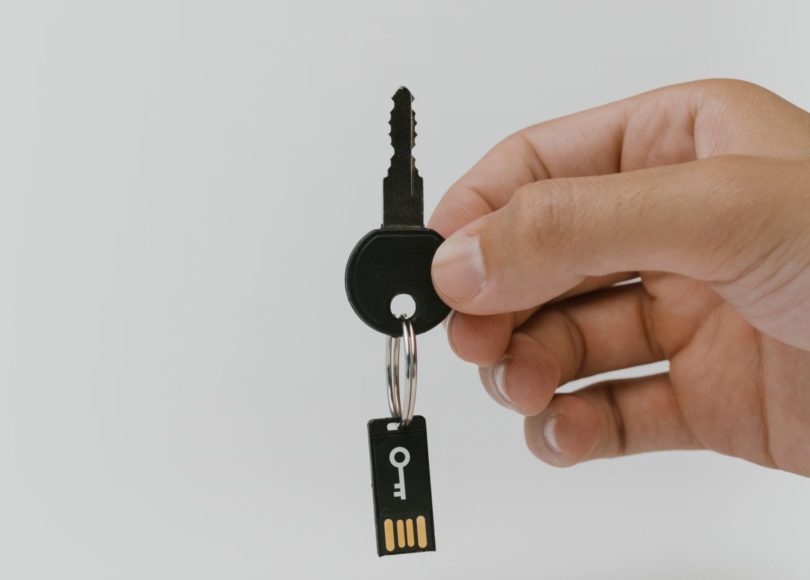Security Technology and Strategies to Build into Your Business Plan for a Higher Buyout Offer
Whether you are planning to sell your business in the short or long term, it’s essential to put a solid business plan in place to maximise its value.
There are many factors to consider when seeking to add value to a business. One is ensuring that your security strategies and technologies are robust, future-proofed, and adequately protecting your business’s data, staff, and ongoing reputation.
Here are some key security technology strategies to build into your business plan to achieve a higher buyout offer.
Hybrid Systems
The term ‘hybrid’ is certainly a buzzword in today’s business world. Remote working is driving the demand for hybrid workspaces. The trend towards integrated technologies means that hybrid work models of various forms are at the forefront of business leaders’ minds.
Combining on-premise security with cloud-based platforms is one hybrid security model that many are shifting towards, and for a good reason.
Moving access control technology (such as commercial door entry systems) to the cloud removes the need for on-premise servers – perfect for office buildings that don’t require on-premise servers or businesses with multiple locations.
Any on-site security personnel, such as armed/unarmed foot patrols and guards, is combined with remote (off-site) monitoring services (i.e. camera surveillance) as part of a hybrid security strategy.
By utilising a hybrid security strategy, it is possible to detect and respond to security breaches faster and more effectively.
In recent years the technology supporting remote monitoring has significantly advanced. Coupled with cloud-based software, digital security firms can tap directly into a company’s video surveillance system as needed, and any designated security personnel can monitor a premise remotely. Additionally, AI technologies (such as machine learning) can be programmed to issue instant notifications in the event of a security breach, alert the authorities, and have footage ready to send to first responders.
Having the luxury and advantage of being able to monitor your premise anytime, from anywhere significantly heightens your business’s security, making it more valuable to potential buyers.
Merging Cyber and Physical Technologies
Merging cyber and physical technologies is increasing in popularity at warp speed as business leaders recognise how this approach bolsters each component of their company’s protection.
Until recently, a company’s physical security strategies and technologies, such as surveillance and access control, have been considered entirely separate from its cyber security measures. As technologies have advanced so dramatically, the role that IT systems and sensitive data play in combination with physical security has become far more apparent. With many systems becoming cloud-based and mobile, achieving security compliance when protecting identity and other sensitive data is virtually impossible without merging physical security with cyber security strategies and technologies.
When the two are integrated, access to physical spaces that house sensitive data can be restricted; by combining this physical security with ongoing cybersecurity practices to limit digital access, overall protection is significantly heightened. Furthermore, by merging the two, a business brings together its physical and security teams, who can then work together to form more comprehensive protection and optimal response strategies. In a time where so many of our physical security technologies are connected to the internet and therefore vulnerable to hackers, it’s no wonder that converging physical and cyber security is taking off in a big way.
Zero-trust Security Strategy
These days, who can you trust? Well, hopefully still a lot of people, but the problem with everything being online these days is that you don’t always know who you are talking to or granting access to.
That’s why implementing a zero-trust strategy is a must.
Zero-trust is an approach to security that enforces a blanket rule – that no application, user or other online profile should ever be trusted without verification. When no trust is assumed, and a strict user-authentication process is adhered to, it is far harder for opportunistic hackers who prey on innocent negligence to gain access to sensitive data.
Zero-trust as a security approach was first introduced by John Kindervag, one of the world’s most prolific cybersecurity experts, along with the accompanying guiding principle, ‘never trust, always verify.’
Establishing a water-tight, optimal zero-trust approach involves full control and visibility over an IT environment’s users, monitoring and verifying data traffic (including encrypted data), and implementing multi-factor authentication methods, such as using one-off codes or biometric measures as well as passwords.
A properly rolled out zero-trust strategy also creates an even playing field where no-one is given special treatment – the whole point of a zero-trust approach is that it completely negates the possibility for anyone to access sensitive data without real-time, multi-layered verification. When this becomes a company’s blanket approach, all staff and leaders are accountable in the same way, and the firm’s cybersecurity becomes significantly stronger.
Cybersecurity Awareness and Training
According to IBM Cyber Security Intelligence Index, a staggering 95% of all cybersecurity breaches result from human error; unfortunately, firewalls alone cannot prevent a staff member from falling prey to a hacker’s phishing email.
No matter how well you protect your firm (and no matter how much your security measures cost), it may not count if your employees are under-trained in spotting and responding to cybersecurity threats.
Ultimately, a business is only as well protected from cyberattacks as its staff is trained in the matter. Therefore, it’s essential to implement a training program to raise awareness and increase knowledge regarding cybersecurity – how to detect potential threats, how to respond to them, and what practices to adhere to minimise the risks.

Photo by Austin Distel on Unsplash
Final Thoughts
Adding value to a business should always be at the forefront of any savvy business owner’s mind, regardless of when they plan to sell. A solid business plan should include multiple exit strategies spanning a variety of circumstances. In every case, the business should be operating on a robust security system that demonstrates its commitment to protecting the data, staff and integrity of the company.
“The opinions expressed by BizWitty Contributors are their own, not those of BizCover and should not be relied upon in place of appropriate professional advice. Please read our full disclaimer."







